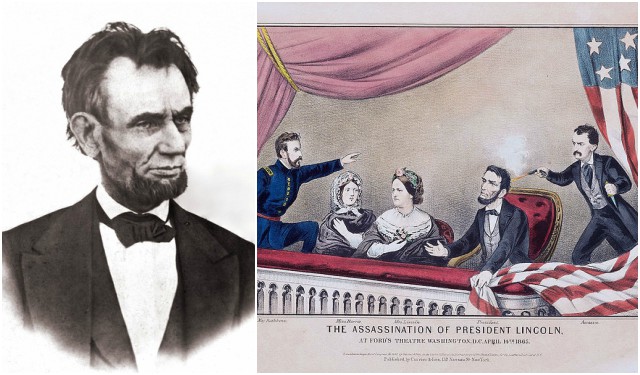Throughout the Civil War, Abraham Lincoln was the object of plots to kidnap or kill him and often received threatening letters. He refused personal protection until the end of the war when he finally agreed to allow four Washington police officers to act as his bodyguards.
It was April 14, 1865, when John Wilkes Booth learned that Lincoln would be attending a play at Ford’s Theatre that evening. President Lincoln was unprotected since his bodyguard John F. Parker of the Washington police went to a nearby saloon for a drink.
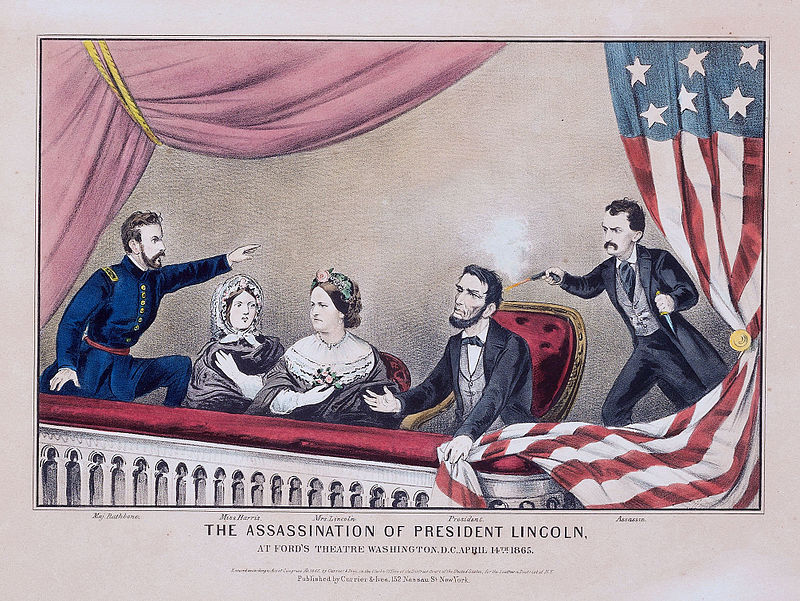
John Wilkes Booth managed to make his way to Lincoln’s box and shot him in the back of the head. President Abraham Lincoln died the next morning. It was the first time in the history of United States that a President had been assassinated.
We are all familiar with the fact that President Abraham Lincoln was assassinated on April 14, 1865, but not many people know that Lincoln authorized the creation of the Secret Service on the same day he was assassinated.
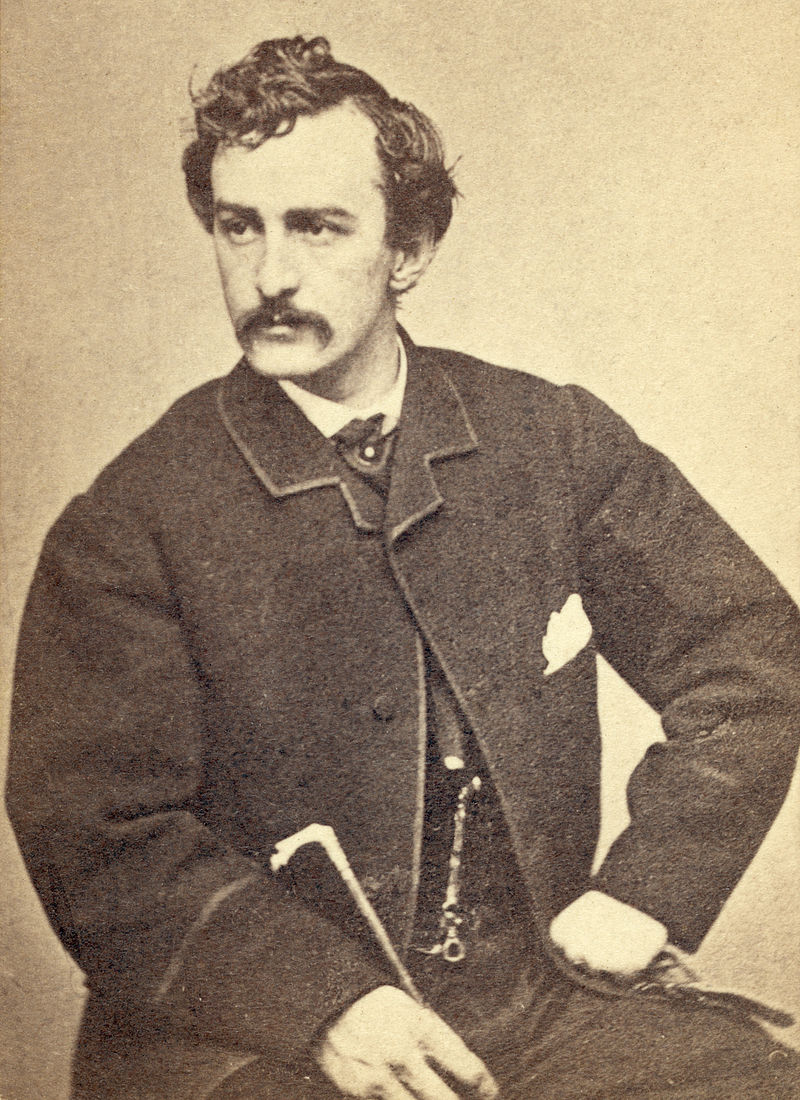
Just hours before his assassination President Lincoln signed a piece of legislation authorizing a government agency that would gain its fame for protecting the President of the United States.
Would it help if he had authorized the Secret Service earlier? Probably it would not have made a difference because Lincoln didn’t create the Secret Service to protect himself.
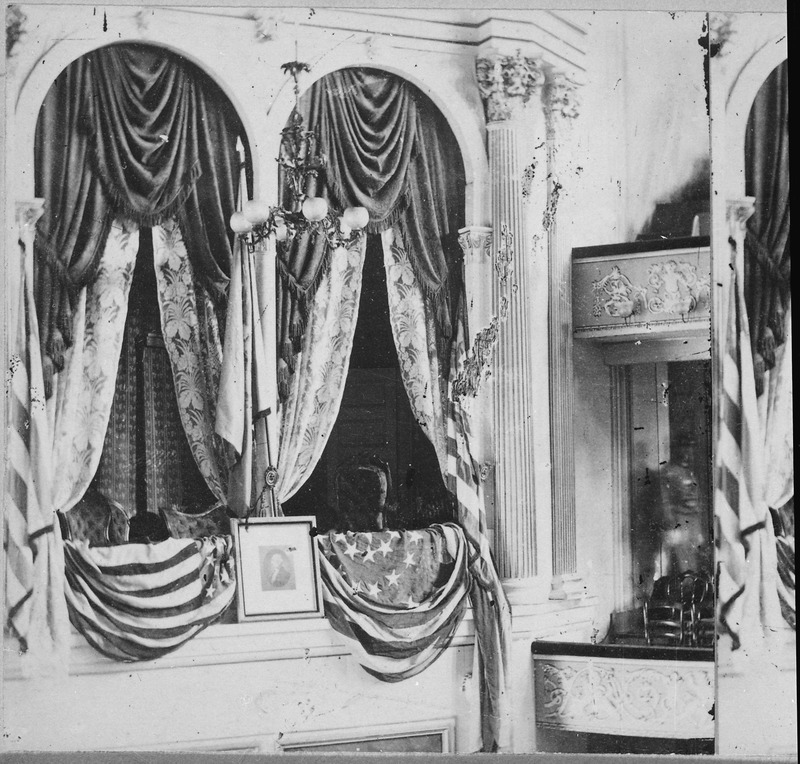
By the end of the Civil War up to one-third or even one-half of American money in circulation was fake. Lincoln created the agency on the advice of Treasury Secretary Hugh McCulloch to combat rampant counterfeiting.
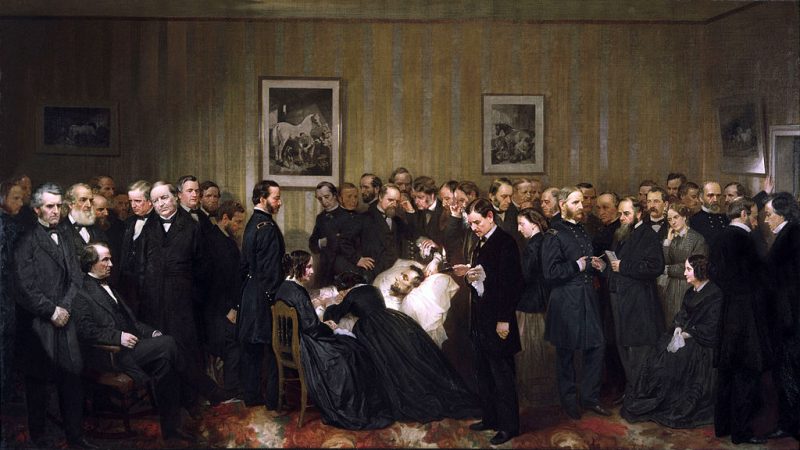
In the 1800s, America’s monetary system was very disorganized. There were many different kinds of bills in circulation and it was easy for people to counterfeit money. This is why Lincoln established a commission to stop this rapidly growing problem that was destroying the nation’s economy and on April 14, 1865, he created the United States Secret Service to carry out the commission’s recommendations.
However, the assassination of President Abraham Lincoln provoked a debate about adding Presidential protection to the list of duties performed by the Secret Service. Protection of the President was added to the list of duties performed by the Secret Service 36 years later, after the assassination of two more Presidents – James A. Garfield and William McKinley.
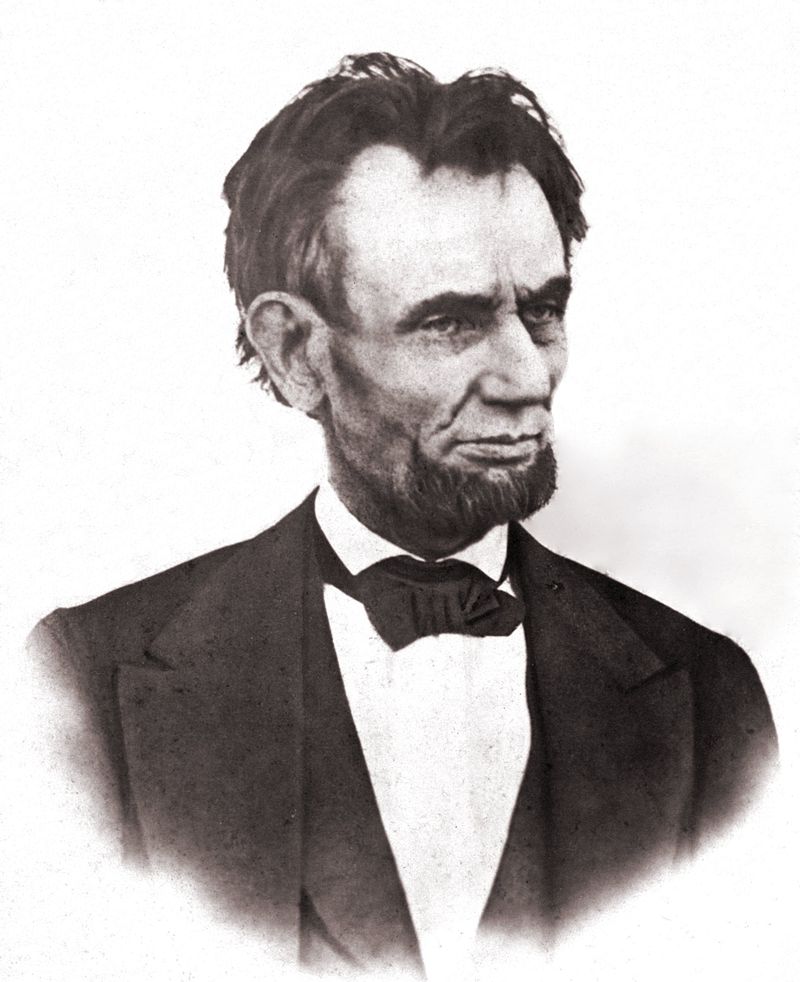
Starting with McKinley’s successor, Theodore Roosevelt, Presidential security became a duty of the Secret Service. In 1917 Secret Service protection was broadened to include all members of the First Family. In 1951 protection of the Vice President was added and in 1968 protection of all Presidential candidates was also added.
